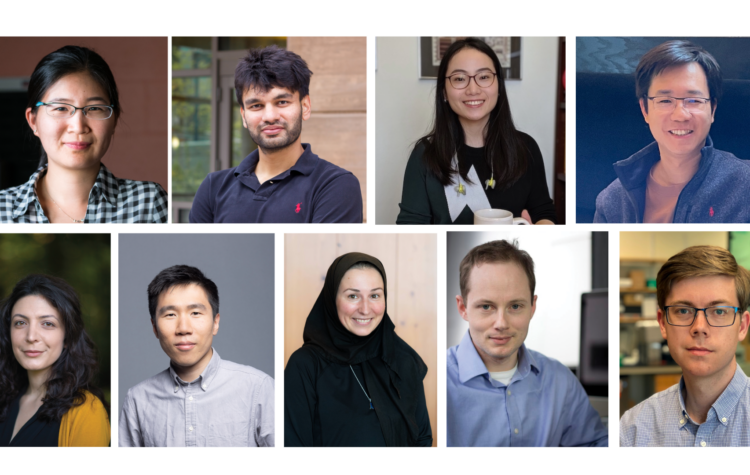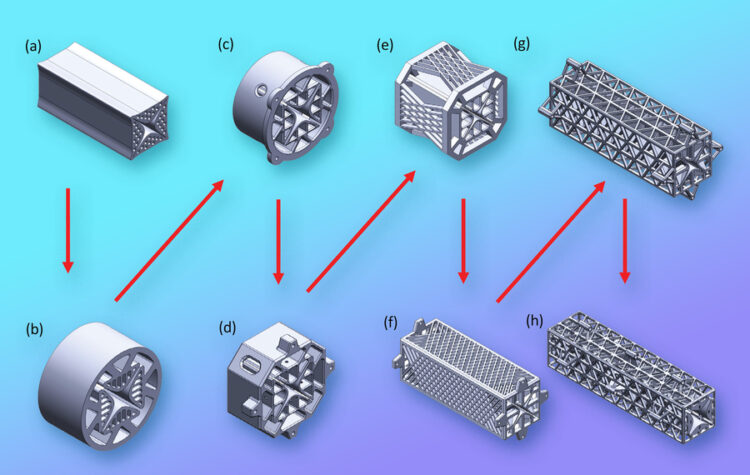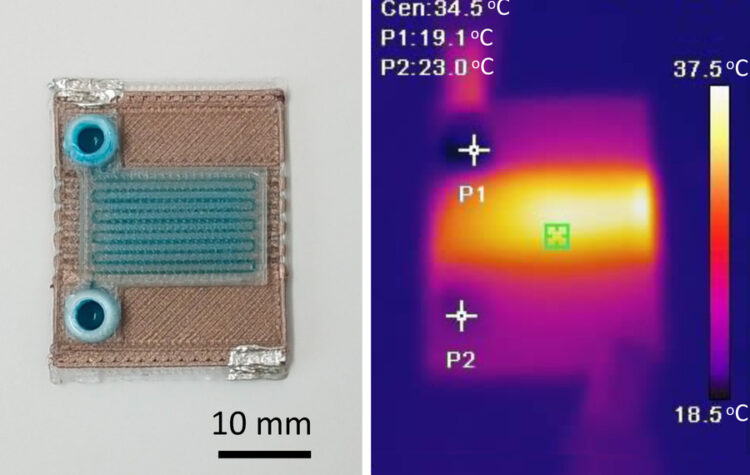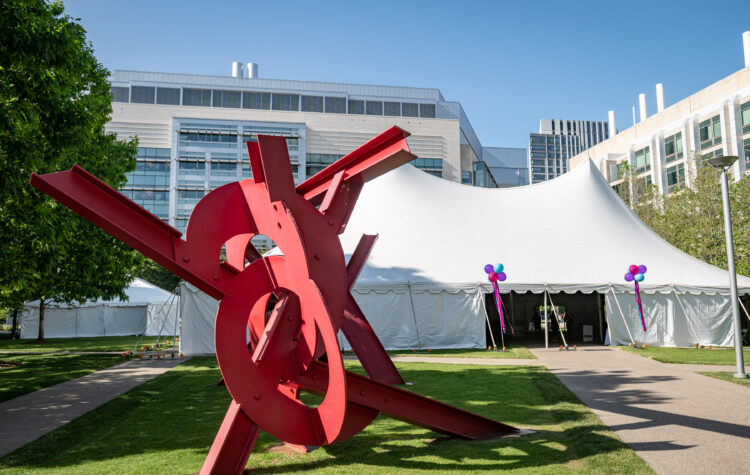By: Linsen Li Thesis Supervisor: Dirk Englund
By: Gavin (Zhen) Guo Supervisor: George Barbastathis
By: Zhijian Liu Supervisor: Song Han

The Department of Electrical Engineering and Computer Science (EECS) is proud to announce multiple promotions.

Lightweight and inexpensive, miniaturized mass filters are a key step toward portable mass spectrometers that could identify unknown chemicals in remote settings.

The one-step fabrication process rapidly produces miniature chemical reactors that could be used to detect diseases or analyze substances.

This ongoing listing of awards and recognitions won by our faculty is added to all year, beginning in September.
Miaorong Wang Thesis Supervisor: Prof. Anantha P. Chandrakasan
Alex Ji Abstract: Machine learning inference on edge devices for image and language processing has become increasingly common in recent years, but faces challenges associated with high memory…
Taekyong Kim Thesis Supervisor: Prof. Jesus del Alamo